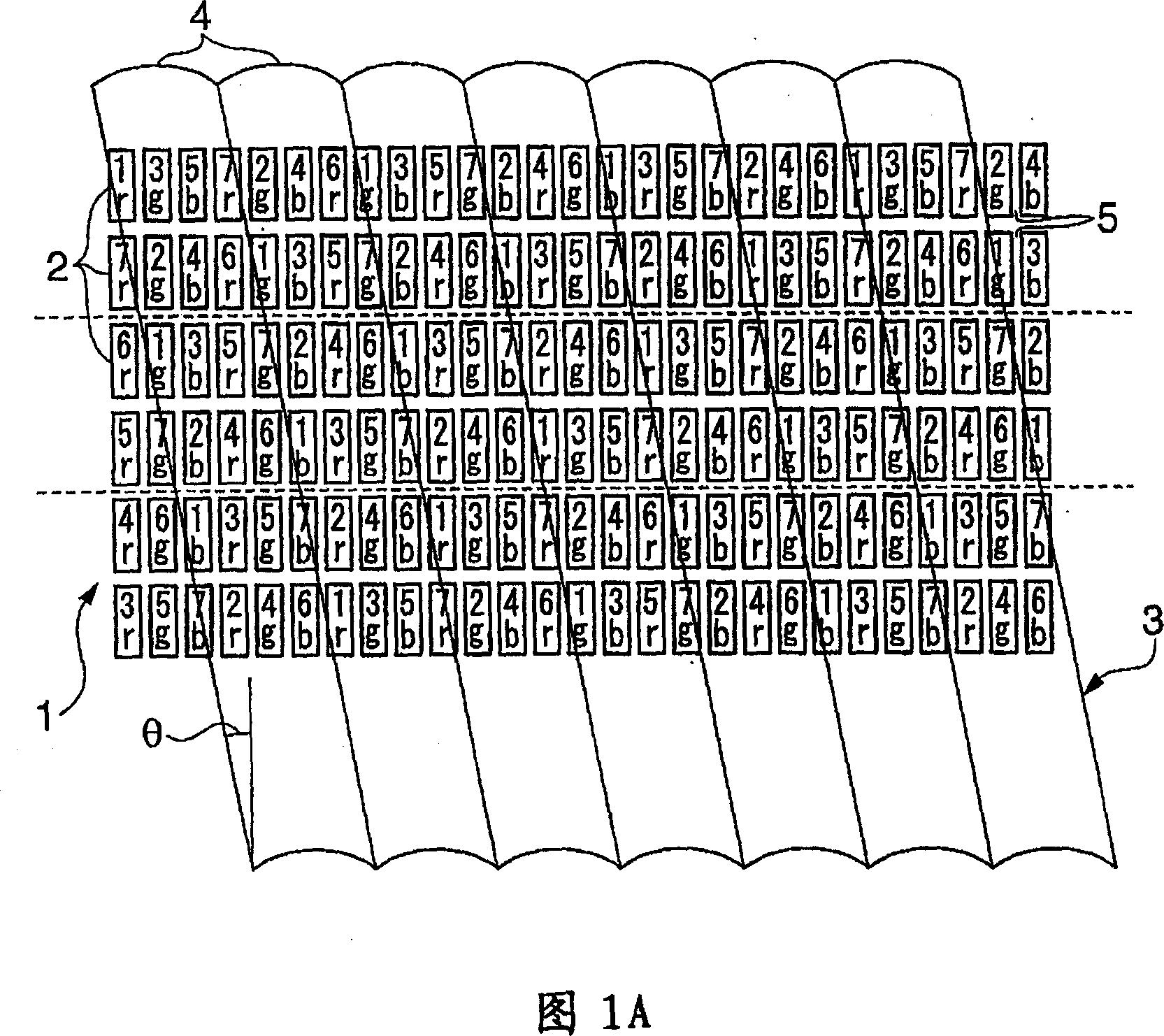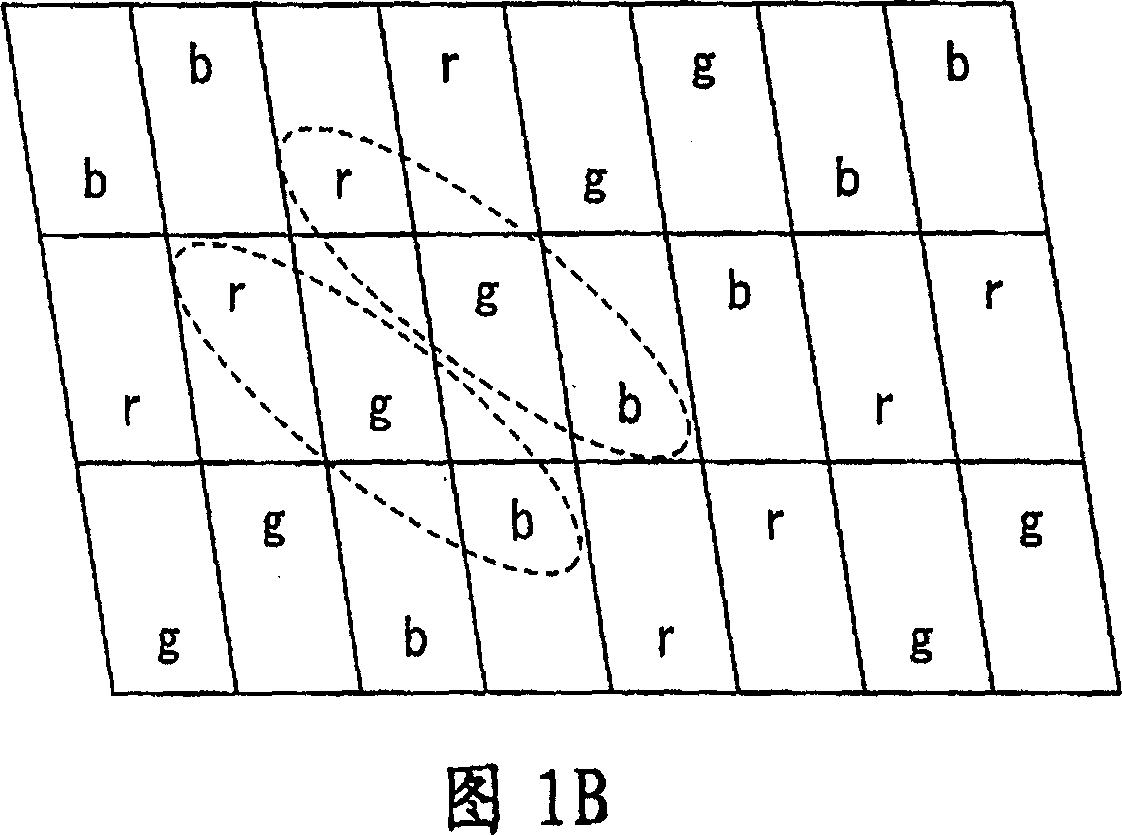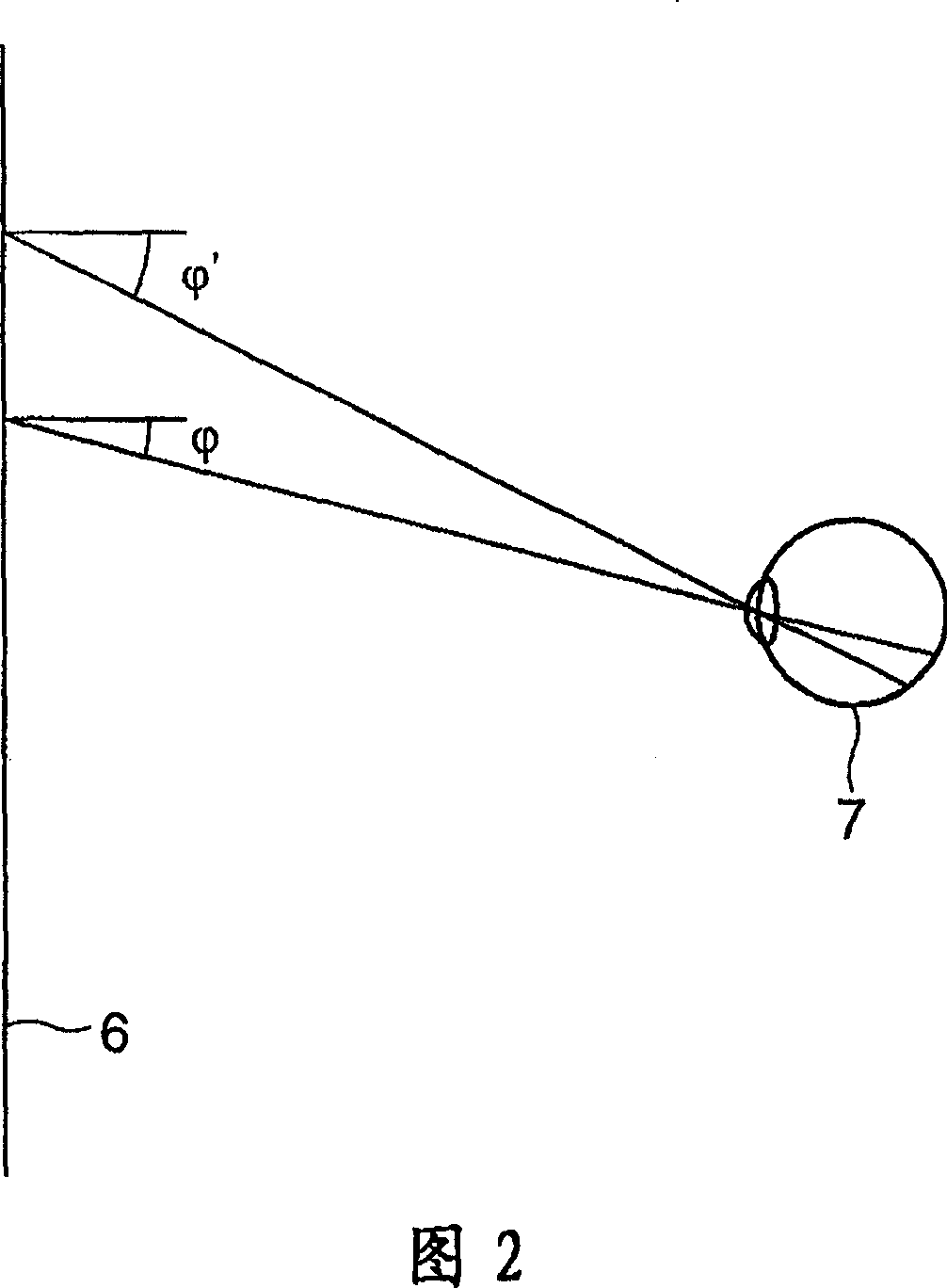Three-dimensional display
A display and three-dimensional technology, applied in the field of three-dimensional image display, can solve the problems of unbalanced three-dimensional display resolution and extremely low three-dimensional display resolution.
- Summary
- Abstract
- Description
- Claims
- Application Information
AI Technical Summary
Problems solved by technology
Method used
Image
Examples
no. 1 approach
[0107] In the two-dimensional display used in the present invention, in order to realize color display, three kinds of color pixels corresponding to the three primary colors of RGB are two-dimensionally arranged in the vertical direction and the horizontal direction. In the first embodiment of the present invention, a stripe configuration is used for description. The stripe configuration is such that the three color pixels corresponding to the RGB three primary colors are arranged with the same color pixels in the vertical direction, and the RGB color pixels are arranged in the horizontal direction. Color pixels are periodically arranged. In the following description, three types of RGB are used as color pixels, but the concept of the present invention can also be used in cases other than three types, for example, four types.
[0108] Examples of the two-dimensional display having a color pixel structure used in the present invention include, but are not limited to, liquid cry...
no. 2 approach
[0152] In the above description, the case where the three color pixels corresponding to the three primary colors of RGB are arranged in stripes has been described. As an arrangement of color pixels, an oblique color pixel arrangement in which color pixels of the same color are slanted in an oblique direction is also conceivable, and the second embodiment of the present invention will be described using this arrangement.
[0153] Fig. 13 shows the relationship between the arrangement of oblique color pixels and the horizontal distance from the central axis of the cylindrical lens to the center of the color pixels in the second embodiment of the present invention. When considering color pixels of the same color, the horizontal distance changes p between the closest color pixels whose vertical positions differ by 1 pixel x -p y tan theta. The change in horizontal distance N(p x -p y tanθ) is equal to the change 3p of the horizontal distance of the same color pixel on the same...
no. 3 approach
[0171] The basic configuration of the three-dimensional display according to the third embodiment of the present invention is the same as that of the first embodiment of the present invention. Thus, the relationship between the horizontal pitch and the vertical pitch of the color pixels of the two-dimensional display, the inclination angle θ of the central axis of the cylindrical lens, and the number of color pixel groups related to the horizontal row and column of the cylindrical lens The formula is the same as that of the first embodiment of the present invention.
[0172] However, the three-dimensional display 50 according to the third embodiment of the present invention has an aperture array 30 provided between the two-dimensional display 1 and the lenticular sheet 3 as shown in FIG. 16 . Here, the opening array used in the present invention may use a metal film such as a chromium mask, but is not limited thereto. Alternatively, black stripes made of light-absorbing mater...
PUM
 Login to View More
Login to View More Abstract
Description
Claims
Application Information
 Login to View More
Login to View More - R&D
- Intellectual Property
- Life Sciences
- Materials
- Tech Scout
- Unparalleled Data Quality
- Higher Quality Content
- 60% Fewer Hallucinations
Browse by: Latest US Patents, China's latest patents, Technical Efficacy Thesaurus, Application Domain, Technology Topic, Popular Technical Reports.
© 2025 PatSnap. All rights reserved.Legal|Privacy policy|Modern Slavery Act Transparency Statement|Sitemap|About US| Contact US: help@patsnap.com



